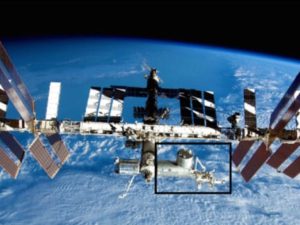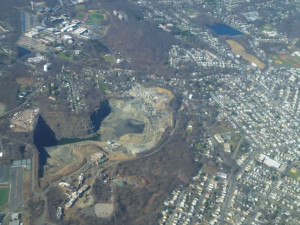 Myrna James Yoo
Myrna James Yoo
Publisher and Managing Editor Apogeo Spatial
www.ApogeoSpatial.com
Myrna@ApogeoSpatial.com
Dear Readers,
What a pleasure to speak with the wonderful Bill Parker, career foreign service officer, now international consultant, about his career and the importance of diplomacy and international cooperation. He knows this better than most.
We also discussed the urgent need for “rules of the road” for space, with increasing numbers of satellites and debris; and the need to communicate the message of how “space is for living” – that the assets in orbit are so essential for our daily lives. People still don’t realize the extent to which this is true. Finally, Bill shared with me a very personal highlight of his career, which involved one of those huge old satellite phones and an ultimate evening of diplomacy. Read more here.
In this issue, we dedicate an entire special section and three feature articles to the International Space Station (ISS), that amazing example of international cooperation. The ISS consists of the U.S., Canada, Japan, the Russian Federation, and eleven Member States of the European Space Agency. Russia is essential because of the use of their Soyuz launch vehicle.
Our interview with NASA Astronaut Nick Hague found here. He has been making the rounds on the media, not just Space News, but mainstream media as well, such as ABC News, NBC News, and CBS This Morning. We were thrilled to speak with him, too. You all know that he survived a launch failure in October, when the Soyuz rocket had a problem with a booster, and he and his Russian colleague landed safely. Read about the experience in his own words. It was the only time in 35 years that the Soyuz rocket has failed a launch.
Nick also shares his excitement to go to the ISS in March, what he’ll be doing, his passion for service, and the importance of sharing the transformative experience with others. He also happens to be from my hometown, Hoxie, Kansas, and my mother was his high school English teacher. She was an excellent teacher(retired and a writer now) and Nick shared with me that he’s taking her photo to the Space Station with photos of others who have helped him get where he is today – and where he will be in March – in space!
The ISS is the platform for many scientific experiments, including some for remote sensing. The ISS National Lab shares information here about several ongoing experiments, including the study of eyewall-cloud altitude of tropical cyclones using 3D images constructed from astronaut photography as part of the CyMISS Project; and information about the MUSES platform, developed and managed by Teledyne Brown Engineering, which is on the exterior of the ISS.
In the article here, read about space-based LiDAR being tested by NASA, which for the first time goes to the ground! The Global Ecosystem Dynamics Investigation (GEDI) instrument is a LiDAR sensor that was launched to the ISS on December 5, 2018 on SpaceX’s 16th resupply mission. GEDI is installed on the Japanese Experimental Module Exposed Facility (JEM-EF).
My colleague from many moons ago (Colorado folks, remember Front Range TechBiz?) Todd Neff published a book on LiDAR last fall, The Laser That’s Changing the World: The Amazing Stories Behind Lidar from 3D Mapping to Self-Driving Cars. I must say, it’s an engaging, entertaining read, even for a nontechnical person like me.
Finally, I am thrilled to announce that we at Apogeo Spatial will be holding the questions about the future of our industry, and we know that you hold the answers. We want your thoughts and views on where we are going on this crazy ride — what is next, after what’s next? You’ll discuss AI, ML, how IOT plays into that, and the future of computing for the space industry. Is a move to Quantum Key Computing inevitable, and if so, by when? Join the discussion!
Enjoy the issue!
– Myrna James Yoo




